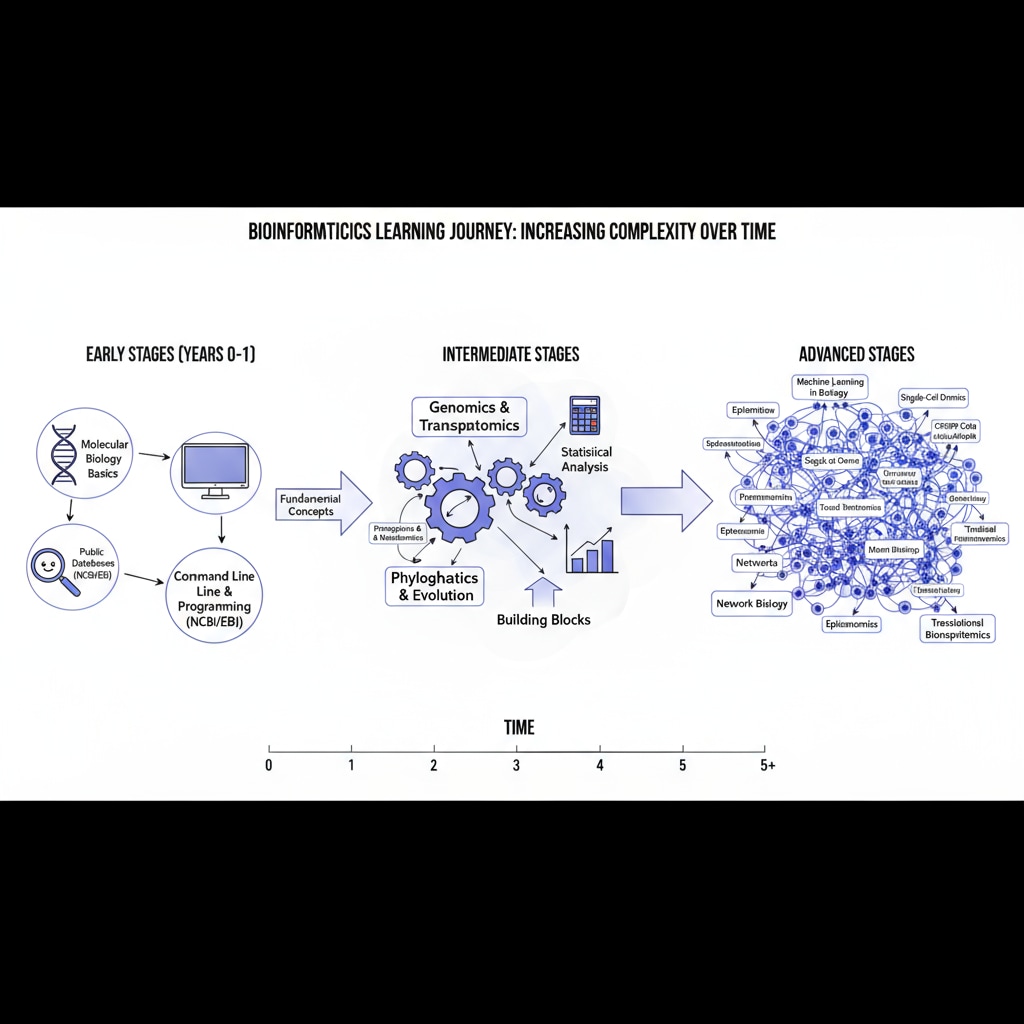Bioinformatics, academic difficulties, and scholarships are hot topics in today’s educational landscape. As bioinformatics, an interdisciplinary field that combines biology, computer science, and statistics, continues to gain momentum, students are finding themselves at a crossroads, facing unique academic challenges. However, there are also numerous scholarship opportunities available to help them overcome these hurdles and pursue their dreams in this fascinating field.

The Academic Struggles in Bioinformatics Learning
Bioinformatics demands a diverse skill set. Students often struggle with the complex biological concepts, such as genomics and proteomics. For example, understanding how genes are expressed and regulated requires a deep dive into molecular biology. Additionally, the programming aspect is no less daunting. Languages like Python and R are essential for data analysis in bioinformatics, but many students find it hard to grasp these coding languages initially. According to Wikipedia’s page on Bioinformatics, the integration of these different disciplines makes the learning curve steep.

K12 Education: Laying a Strong Foundation
K12 education has a vital role to play in preparing students for bioinformatics. In science classes, hands-on experiments can spark an early interest in biology. For instance, simple genetics experiments can introduce students to the world of DNA. In computer science courses, basic programming concepts can be taught, laying the groundwork for future bioinformatics studies. This way, students can gradually build their confidence and skills. As a result, when they reach higher education levels, they are better equipped to handle the challenges of bioinformatics. Britannica’s entry on Bioinformatics also emphasizes the importance of early education in this field.
To further ease students’ academic difficulties, schools can offer extracurricular activities. Coding clubs or biology research groups can provide students with opportunities to apply what they’ve learned in a practical setting. This not only enhances their knowledge but also helps them develop problem-solving skills, which are crucial in bioinformatics.
Scholarships: A Lifeline for Aspiring Bioinformaticians
Scholarships can significantly alleviate the financial burden on students pursuing bioinformatics. There are various types of scholarships available. Some are merit-based, rewarding students with excellent academic performance in relevant subjects. Others are need-based, ensuring that financial constraints do not stop talented students from entering the field. For example, certain organizations offer scholarships specifically for students interested in using bioinformatics to address global health issues. These scholarships not only provide financial support but also recognize and encourage students’ dedication to the field.
Readability guidance: By highlighting the academic struggles, the role of K12 education, and the availability of scholarships, we can see how students can be better prepared for a career in bioinformatics. Short paragraphs and clear lists help in understanding the key points, while the use of transition words like ‘however’, ‘for example’, and ‘as a result’ aids in a smooth flow of information.


